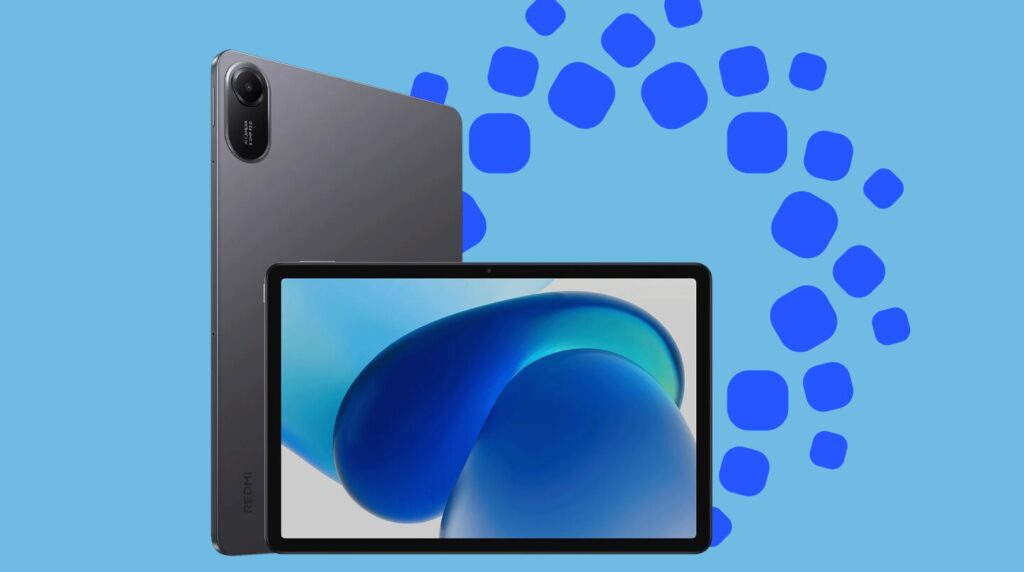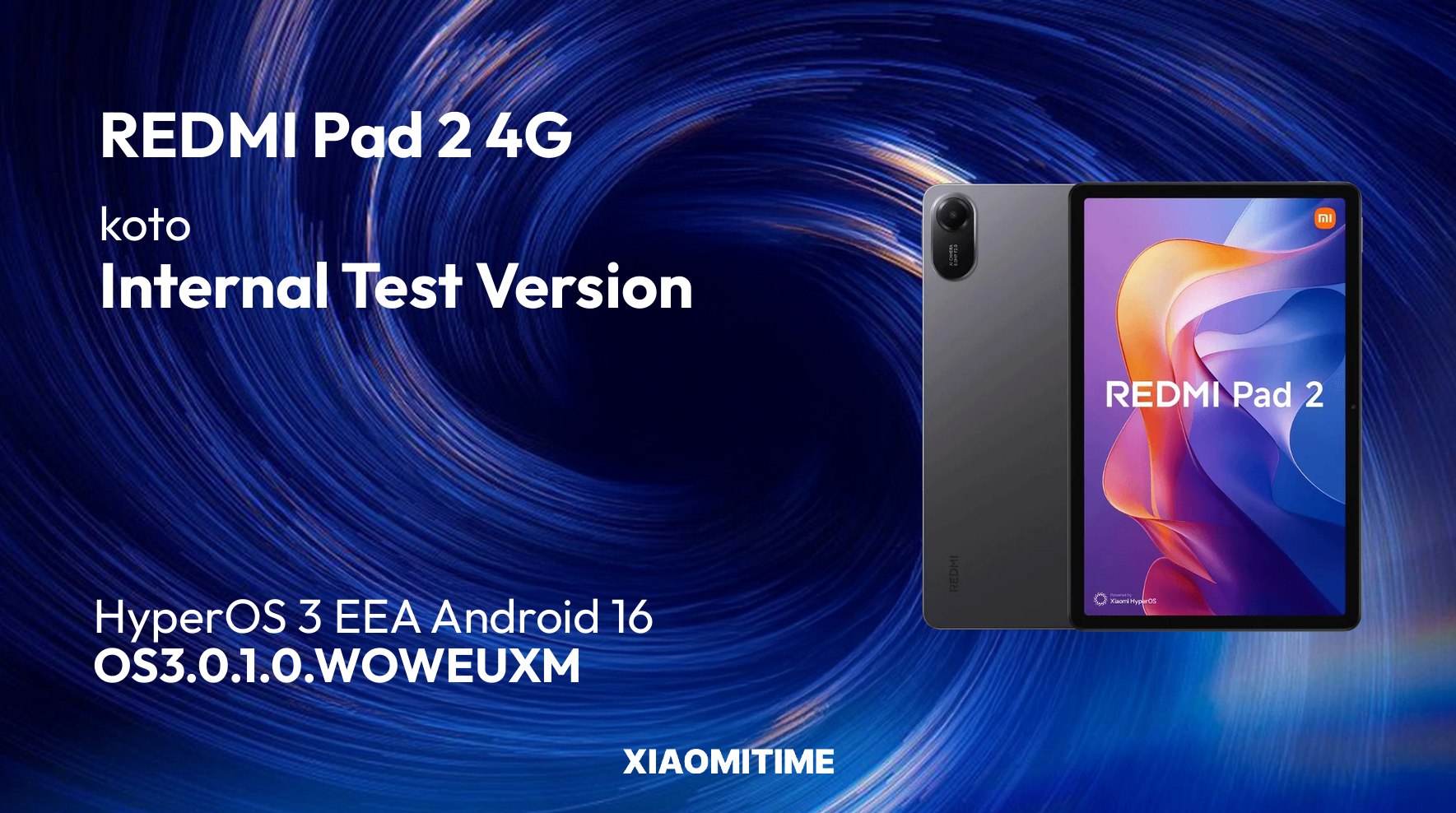With the internal build OS3.0.1.0.WOWEUXM based on Android 16 now marked as “release-ready,” the Redmi Pad 2 4G (EEA) has reached a major milestone in its software roadmap. This designation means Xiaomi is completing the final certification checks before the global rollout of the HyperOS 3 update to users.
HyperOS 3 Reaches Tablet Lineup with Release-Ready Build
The rollout of HyperOS 3 across Xiaomi’s ecosystem is ongoing, and the Redmi Pad 2 4G just entered the final testing phase. An OS build number ending with 3.0.1.0 usually means the development is complete and the firmware is under review for public release in the EEA region.
This tends to be consistent with Xiaomi’s broader update strategy, where stability, cross-device consistency, and a seamless user experience are prioritized.
Before reaching tablets, HyperOS 3 had already been rolled out to several smartphones across the Xiaomi and POCO families for a unified ecosystem based on performance and efficiency.
Devices That Previously Received HyperOS 3
- Xiaomi 15
- Xiaomi 15 Ultra
- Xiaomi 15T
- Xiaomi 15T Pro
- POCO F7 Ultra
- Redmi Note 14 Pro+
- POCO X7 Pro
- Redmi A3
These deployments demonstrate Xiaomi’s continued effort to enable a modern interface and enhanced system intelligence across device categories.
What HyperOS 3 Brings to Redmi Pad 2 4G
HyperOS 3 introduces a number of user-facing upgrades that significantly improve interaction and system usability. This update reflects Xiaomi’s vision for a unified OS experience supported by deeper ecosystem integration through Xiaomi HyperConnect.
The main enhancements include redesigned elements, improved handling of animations, and system optimization using AI.
- AI enhancements: Smoother multitasking, prediction of system behavior
- New iconography with a modern and minimalist visual approach
- iOS-similar design elements for clarity of interface
- Super Island: Dynamic notification and activity tool for better multitasking
These enhancements are engineered to make everyday operation more efficient and yet retain a clean and stable system architecture.
Anticipated Timeline for Roll-out
When an internal ROM gets tagged as OS3.0.1.0, it generally means the release is imminent. Xiaomi usually rolls out such builds first in limited regions or pilot testers, followed by a phased public release. The Redmi Pad 2 4G (EEA) will likely join the list of HyperOS 3-powered tablets shortly after final approval.
Those looking for faster system app updates or more advanced Xiaomi features can refer to the MemeOS Enhancer tool on the Play Store. This companion application will support hidden system features, extended UI options, and direct access to HyperOS-related enhancements across the ecosystem of devices.
The arrival of the release-ready OS3.0.1.0.WOWEUXM build suggests that the Redmi Pad 2 4G is closing in on its global HyperOS 3 rollout. As an immediate effect, this update will further enhance the tablet’s interface, performance, and cross-device interaction, bringing it abreast of Xiaomi’s overarching vision of an integrated and smart ecosystem.


 Emir Bardakçı
Emir Bardakçı



when hyperos 3 will be available in redmi pad 2
region India